Acoustics & Vibrations Blog Posts
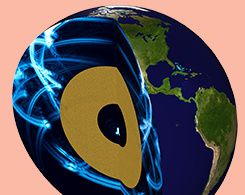
Building a Solid Foundation for Understanding Seismic Waves
In 1906, there was the California earthquake. In 1908, there was the Lawson Report. In 1910, Harry Fielding Reid proposed the elastic rebound theory. Continue on a deep dive into seismology…

6 Examples of Simulation-Driven Loudspeaker Development
From headphones for virtual reality gaming to powerful transducers for hearing aids, here are 6 examples of multiphysics simulation being used to develop new and improved loudspeaker products.
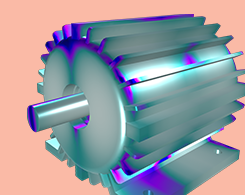
A Quiet Revolution: Analyzing Electric Motor Noise via Simulation
The sound we hear from electric-powered machines is a multiphysics phenomenon: A motor’s electromagnetic activity sends vibrations through both the machine and the surrounding air.
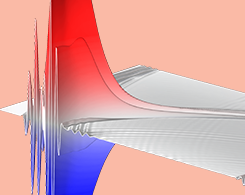
Analyzing HIFU Propagation Through a Tissue Phantom
High-intensity focused ultrasound (HIFU) is used for surgery, cancer therapy, shock wave lithotripsy, and more. Learn about how simulation can be used to analyze this noninvasive technique.
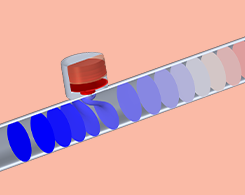
Modeling Acoustical Properties of Porous Media in COMSOL®
A guest blogger from the University of Sheffield introduces the Johnson–Champoux–Allard–Lafarge (JCAL) model for analyzing acoustical properties of porous media.
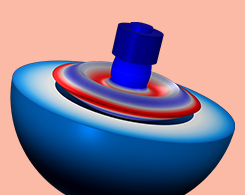
Keynote Video: Rapid Prototyping for Sonar Systems
Engineers at Northrop Grumman follow a 4-part rapid prototyping design phase: Design, manufacturing a prototype, testing and design verification, and manufacturing of the final design.
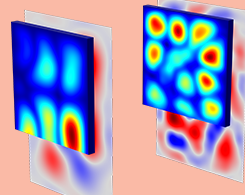
Modeling Sound Transmission Loss Through a Concrete Wall
The sound loss transmission (STL) through a building component is the logarithmic ratio between the total incident power on the structure relative to the total transmitted power.
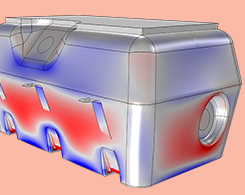
What Is the Best Way to Analyze Fuel Tank Vibration?
In a traditional approach for modeling a fuel tank, the fluid mass is dispersed through the tank’s wetted surface. A multiphysics method specifically models the acoustic pressure in the fluid.
